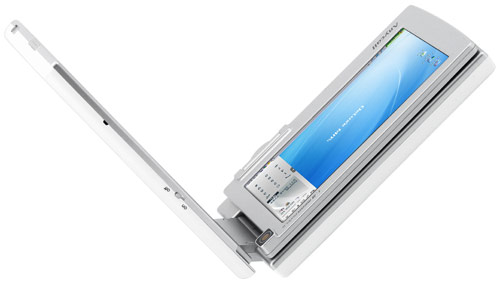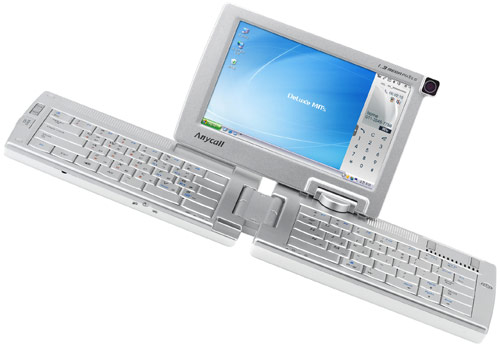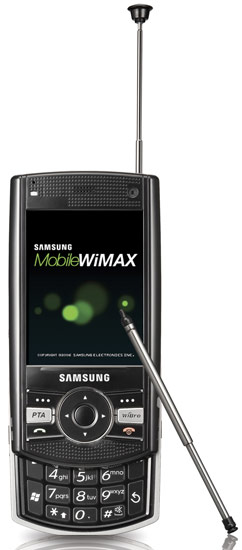MIMO Relay Channels
Why study MIMO Relay Channels?
Relay channels will play a central role in next-generation wireless systems. If a source wants to send a message to a distant sink in a relatively dense network, it can forward the message via several intermediate nodes. This would improve overall throughput and coverage.
We can consider SISO relay channels, where each terminal employs a single antenna. Under this setup, though, there are channel conditions where the relay may not be able to assist the source in its transmission. For example, the minimum of the source-relay and relay-sink channel gains may be less than the source-sink channel gain. We can avoid this issue by considering MIMO relay channels, where each terminal employs multiple antennas. Under this setup, we can exploit the multiple antennas at the source and the relay to perform more sophisticated encoding and decoding schemes, which will lead to improved performance.
Problem Statement Since sophisticated encoding and decoding schemes will lead to improved system performance, we first aim to use information-theoretic techniques to realize these improved gains. Once we have obtained these gains, we then want to come up with reduced-complexity approaches that will perform well. In particular, much research has focused on the case where the relay performs decode-and-forward operations. Requiring decoding at the relay, though, could be prohibitively complex, especially in a battery-limited sensor network. Instead, we aim to implement linear processing methods at the relay that will still yield good performance.
Main results and future areas of research
We have studied the MIMO relay channel where multiple antennas are employed by each terminal. Compared to SISO relay channels, MIMO relay channels introduce additional degrees of freedom that allow for partial cooperation between the transmitter and the relay. This partial cooperation is effected via precoding at the transmitter. We have derived new lower capacity bounds for both discrete memoryless relay channels and Gaussian relay channels for cases where the transmitter employs superposition coding and precoding. Our proposed lower bounds improve on a previously proposed non-cooperative lower bound.
We have also investigated MIMO relaying in a multiuser environment. Our aim is to use a fixed MIMO relay to support multiuser transmission in a cellular system. The fixed relay should employ linear processing for ease of implementation. After performing this linear processing, the relay would forward the processed output to multiple users.
We have made several contributions that reveal the value of this setup. First, we have derived upper and lower bounds on the achievable sum rate, where it is assumed that the base station performs nonlinear encoding. We want to use more practical methods to achieve the derived rates, though. To this end, we have devised a multiuser precoding scheme; in this approach, the base station employs Tomlinson-Harashima precoding (THP) along with adaptive user selection. A low-complexity user selection algorithm is presented and adaptive modulation is used to load the individual user data streams.
Our multiuser precoding strategy, which relies on QAM modulation, performs very close to our derived sum-rate upper bound. In addition, even though we do not require the relay to perform any decoding operations in our strategy, our scheme performs very close to the sum-rate achieved by decode-and-forward relaying. This illustrates the power of our practical approach.





 Previous research at WSIL showed the benefits of pattern diversity over space diversity. While the latter is viable only when sufficient real estate is available, pattern diversity can be utilized even in the case where space is limited – like in cellular phones or handsets. Research carried out in WSIL established that circular patch array (CPA) yields significant capacity gains over the conventional uniform linear array with the advantage of reducing the physical size of the array significantly. It was shown that collocated CPAs produce orthogonal radiation patterns, which gives excellent pattern diversity. The work also involved optimizing overall systems performance, using CEM and EM software tools, to maximize antenna theory and communication theoretic metrics for given size constraints. The output of the optimization problem was used to tune antenna array parameters (i.e., size, antenna material, feed points).
Previous research at WSIL showed the benefits of pattern diversity over space diversity. While the latter is viable only when sufficient real estate is available, pattern diversity can be utilized even in the case where space is limited – like in cellular phones or handsets. Research carried out in WSIL established that circular patch array (CPA) yields significant capacity gains over the conventional uniform linear array with the advantage of reducing the physical size of the array significantly. It was shown that collocated CPAs produce orthogonal radiation patterns, which gives excellent pattern diversity. The work also involved optimizing overall systems performance, using CEM and EM software tools, to maximize antenna theory and communication theoretic metrics for given size constraints. The output of the optimization problem was used to tune antenna array parameters (i.e., size, antenna material, feed points). 




